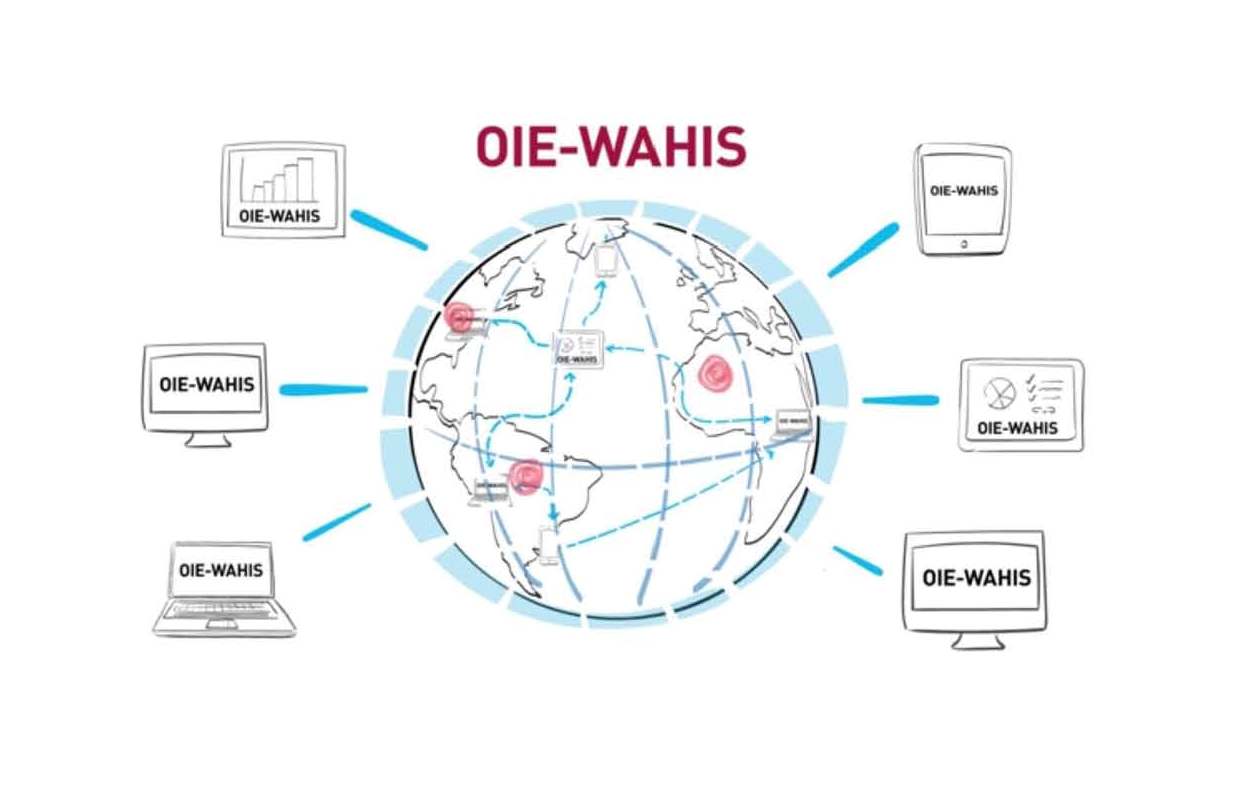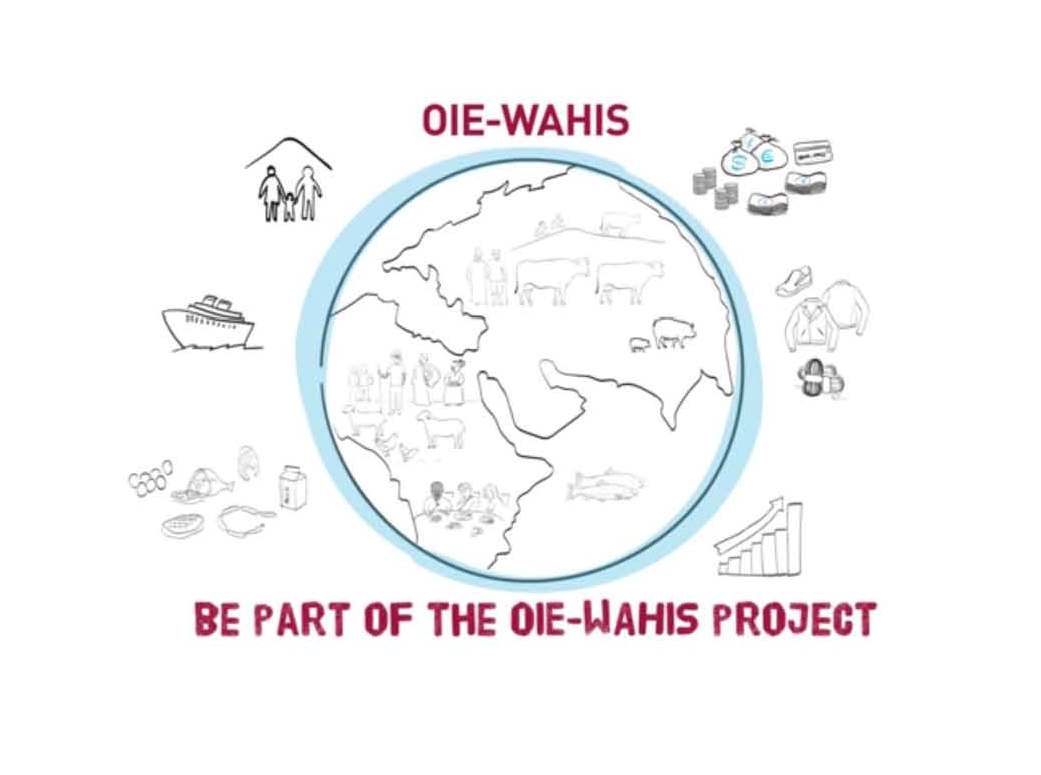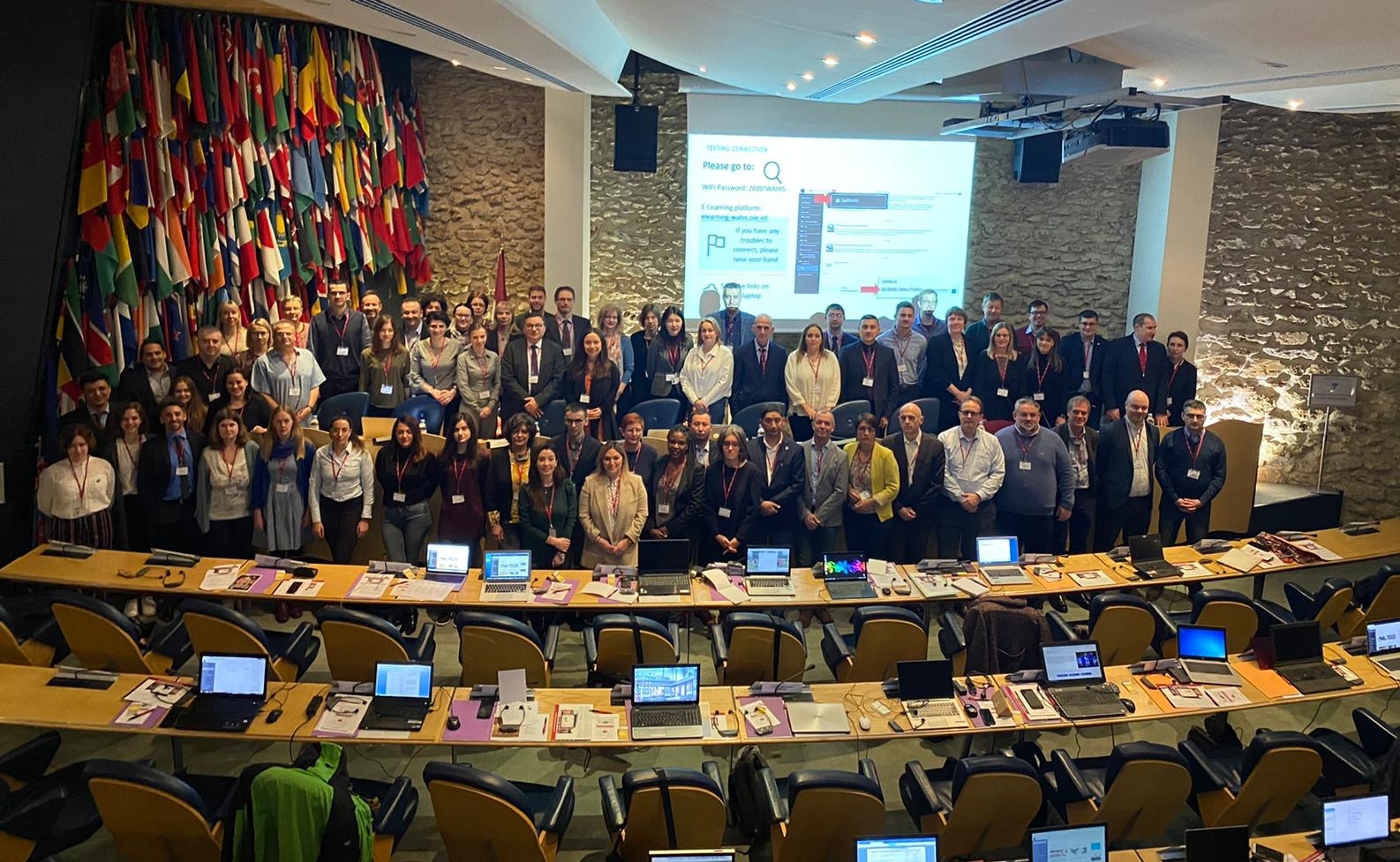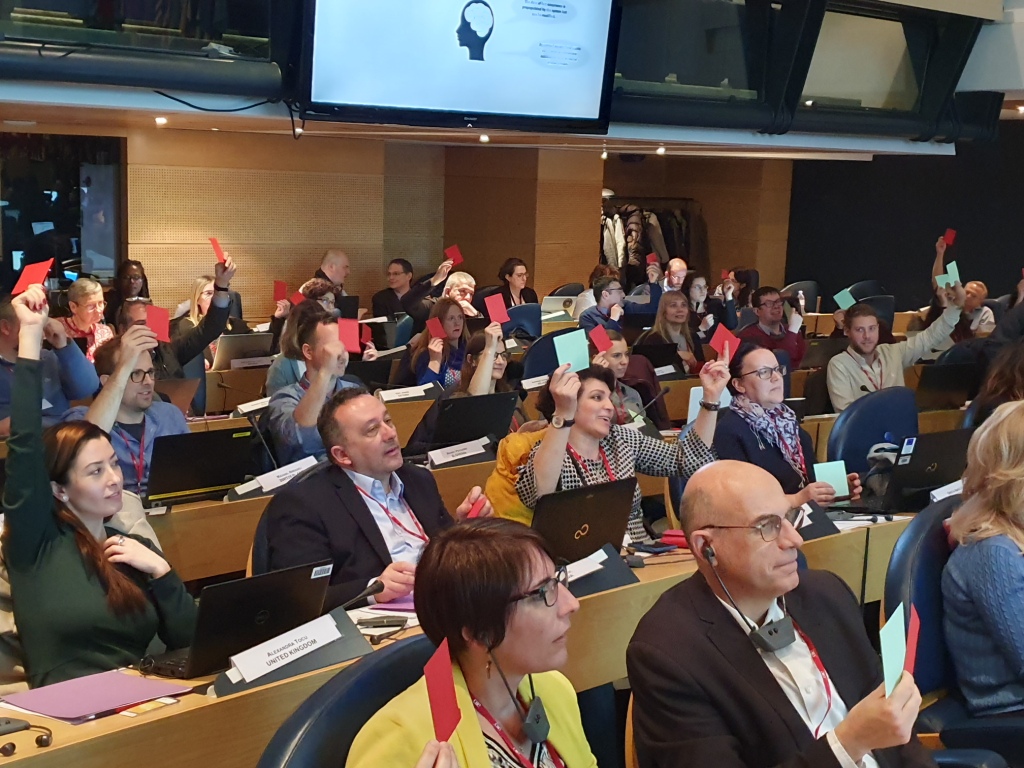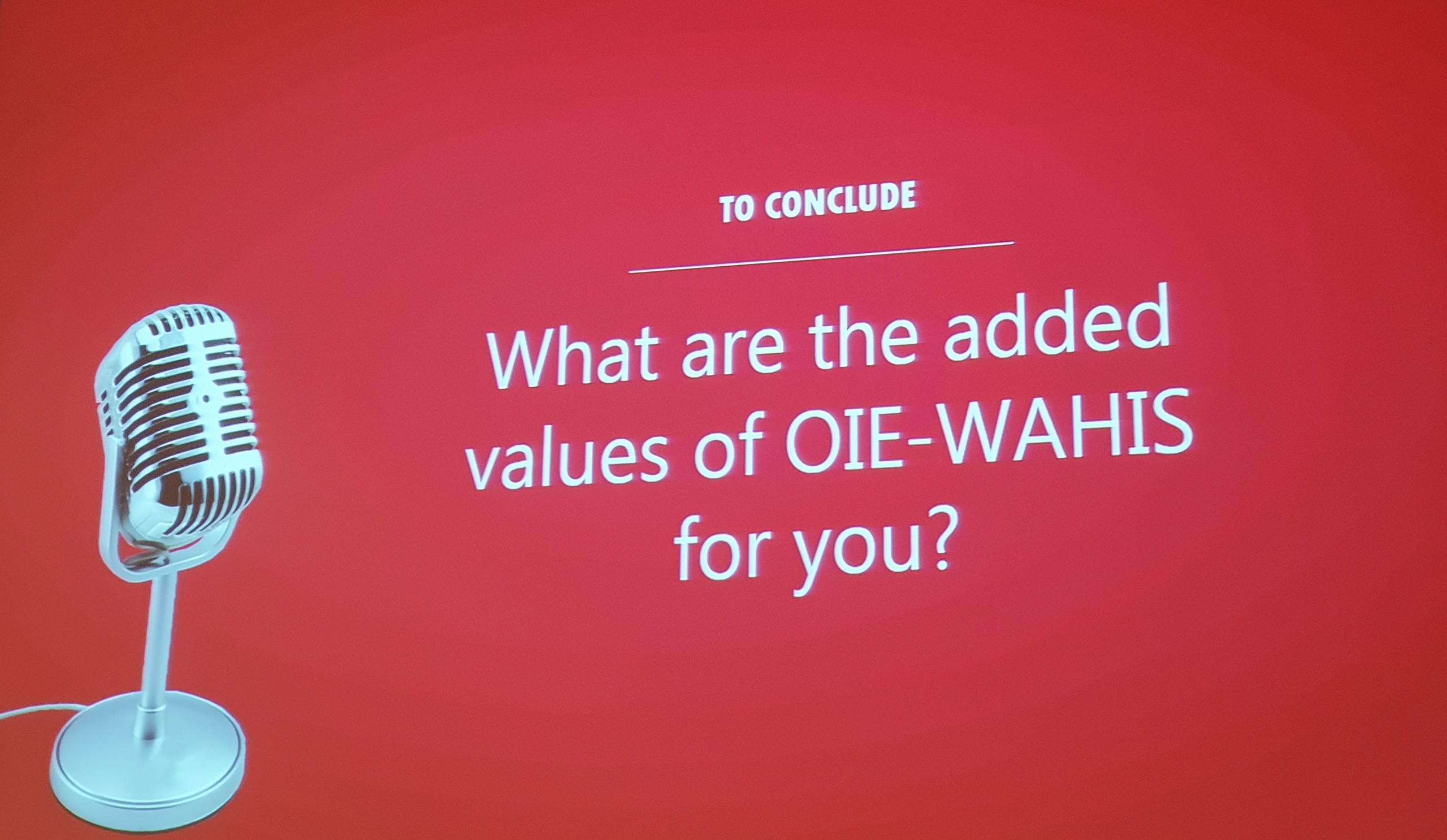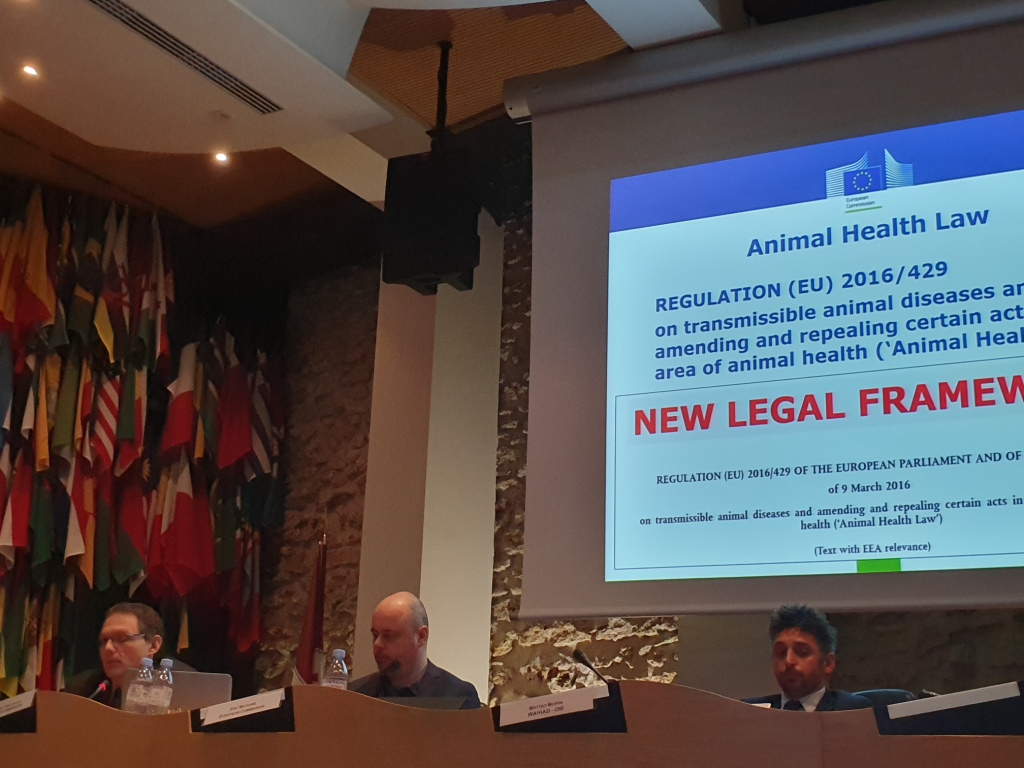The OIE is launching a new platform to improve the collection and dissemination of epidemiological significant data on animal diseases for domestic species and wildlife – the OIE World Animal Health Information System (OIE-WAHIS).
To enable the OIE National Focal Points of Animal Disease Notification in Europe to effectively use this new tool, the OIE provided them with a dedicated training consisting of e-learning modules and a training workshop. The interactive and pedagogic e-learning platform provided users with an easy access to updated training material on OIE-WAHIS and animal disease notification principles. The workshop, open to the 53 OIE European Countries, was held at OIE Headquarters from 26 to 28 February 2020. It focused on using the new platform to facilitate international reporting of animal diseases, both on an ad-hoc and regular basis. With this workshop, the OIE enhanced the understanding of participants regarding the requirements and process to report on animal health and disease.
The training allowed the participants to discover the new functionalities of OIE-WAHIS, to learn how to reduce possible IT tool mistakes, and discuss the logic of reporting.
Through practical exercises on immediate notification, follow-up reports and six-monthly reports, the participants experienced the new system which provides guidance during the entire reporting process. New features, including a specific section for report management, simplify and accelerate the submission of reports.
The new OIE-WAHIS was well received by the Focal Points:
“Faster, more intuitive, better layout, and boasting new features and increased functions, including extended data mining, customisable data queries and visualisation of temporal and spatial data. An entirely redesigned homepage, giving a quick access to main information with the ability to consult information by report, by country/region or by disease. The new WAHIS is really amazing!”
“The tool developed is much more intuitive, an interface similar to a game, a mapping component, reduction of the use of codes/acronyms will clearly ease the comprehension for any OIE involved user, as much as for visitor seeking for animal disease information on our website.”
“I really appreciated our teamwork sessions with exchanges on the difficulties encountered by the members and the sharing of solutions to improve our work for the OIE. Getting to know our OIE correspondents will, in my opinion, facilitate correspondence. It is always more pleasant to put a face on a regular interlocutor.”
“Being able to regularly enter our data as we have it, the pre-filled fields, where appropriate, on the basis of previous reports, both immediate notifications and regular reports, will facilitate our reports submission. Well done!”
The training also introduced the new public interface and the mobile alert application, which provide easier access to global animal health information. Improved information display and tailored data visualization facilitate a better understanding of report content and greater use of reported data. These tools will provide faster dissemination of disease alerts and instantaneous access to them through the user-friendly and modern design.
The European Commission used this training as an opportunity to present the new notification system of the European Union (Animal Disease Information System – ADIS), to be released in April 2021. Once ADIS is launched, all the information provided in ADIS is automatically transferred to OIE-WAHIS, so that the OIE verification process can be applied. This connection between the two systems will simplify the disease reporting process for the countries of the region.
Launching OIE-WAHIS is a complex, multi-layered process involving all users. The project team involved the users from the beginning through surveys (2016 and 2017) and a key user committee, to gain their valuable insights in order to co-build and deploy a system with solutions to address current challenges. Regular communication was and is still used to show the benefits and reasons for change. Together, we are working towards improving the overall reporting of global animal health and disease.
For more details on this new platform, please visit the dedicated page on the global OIE website
